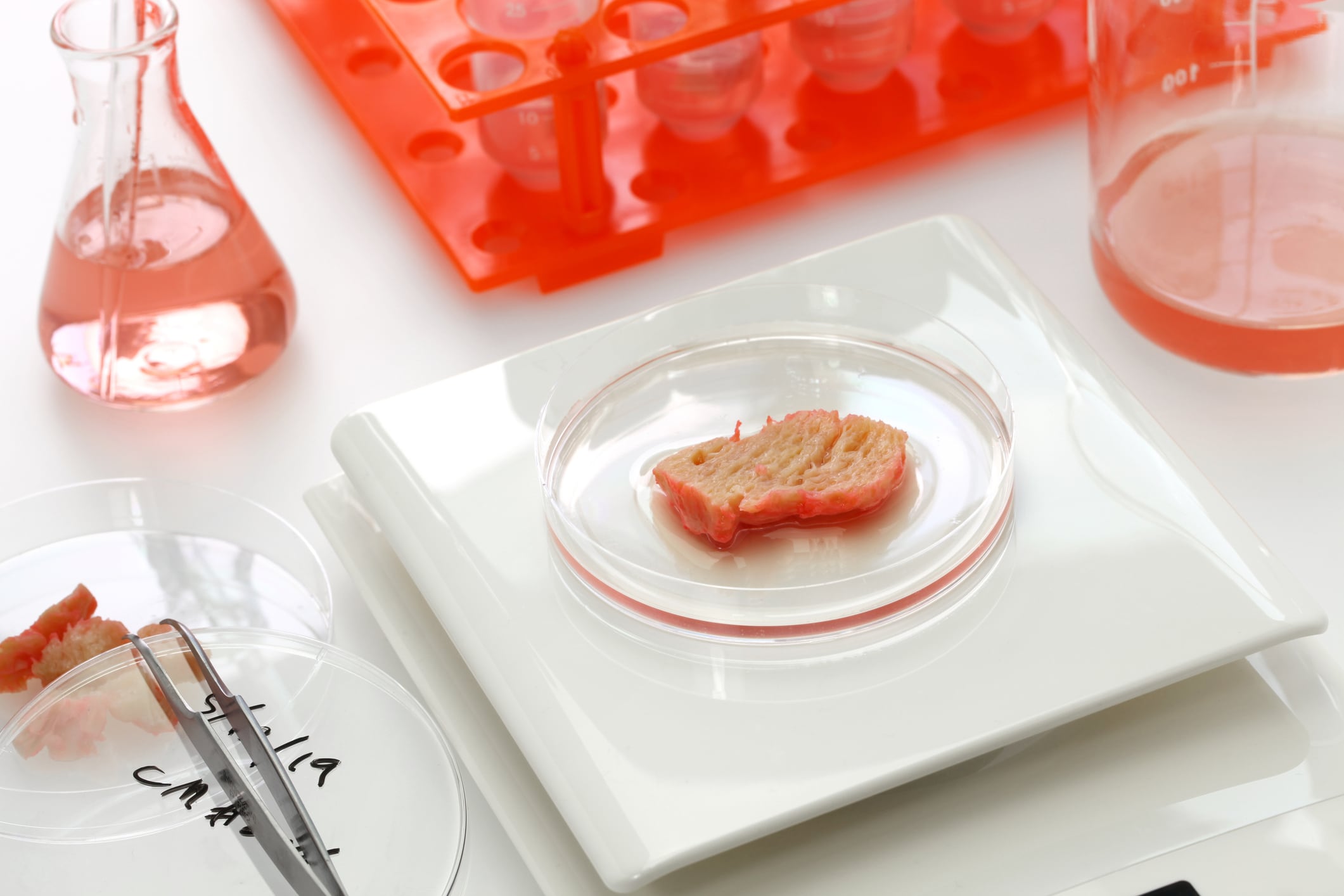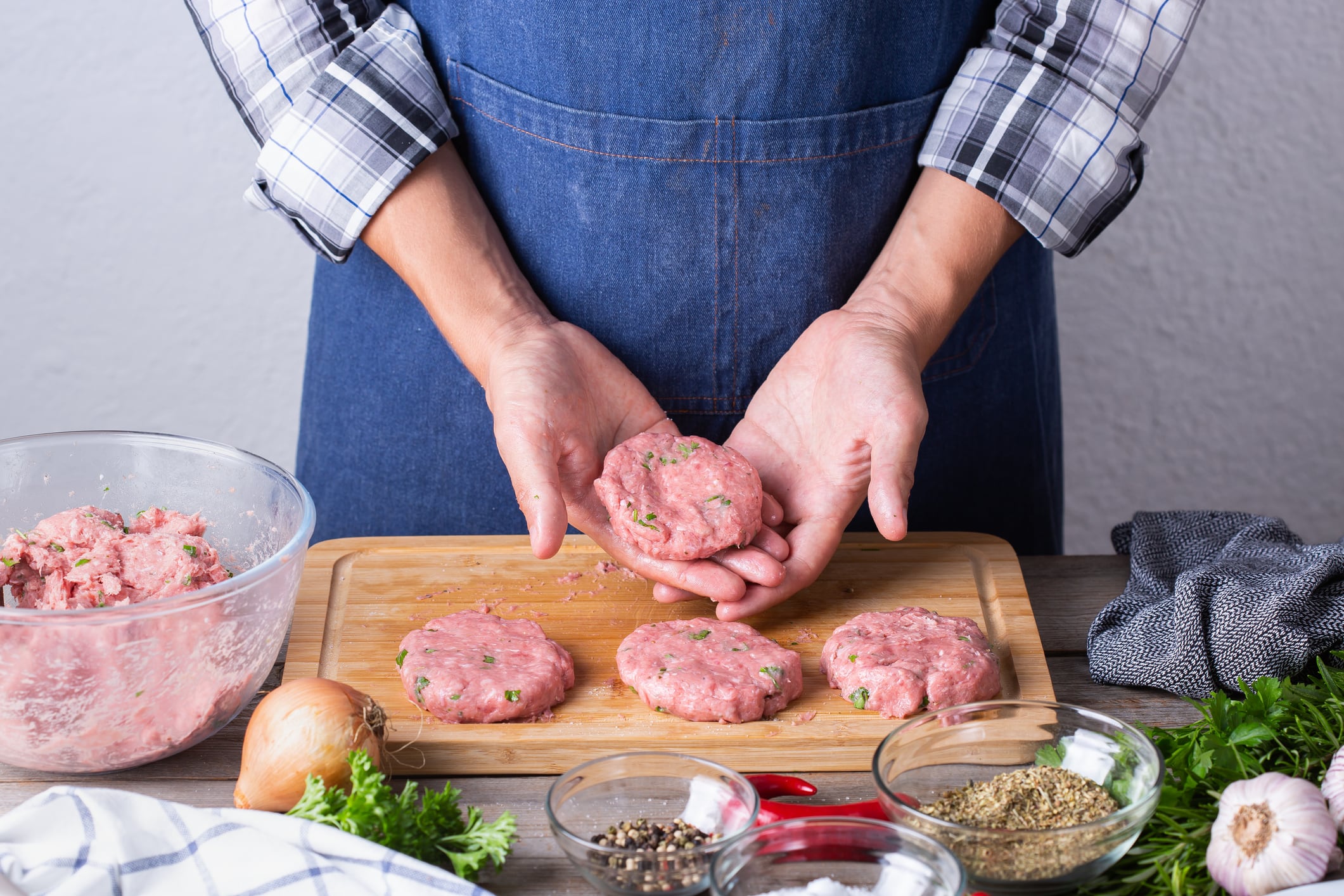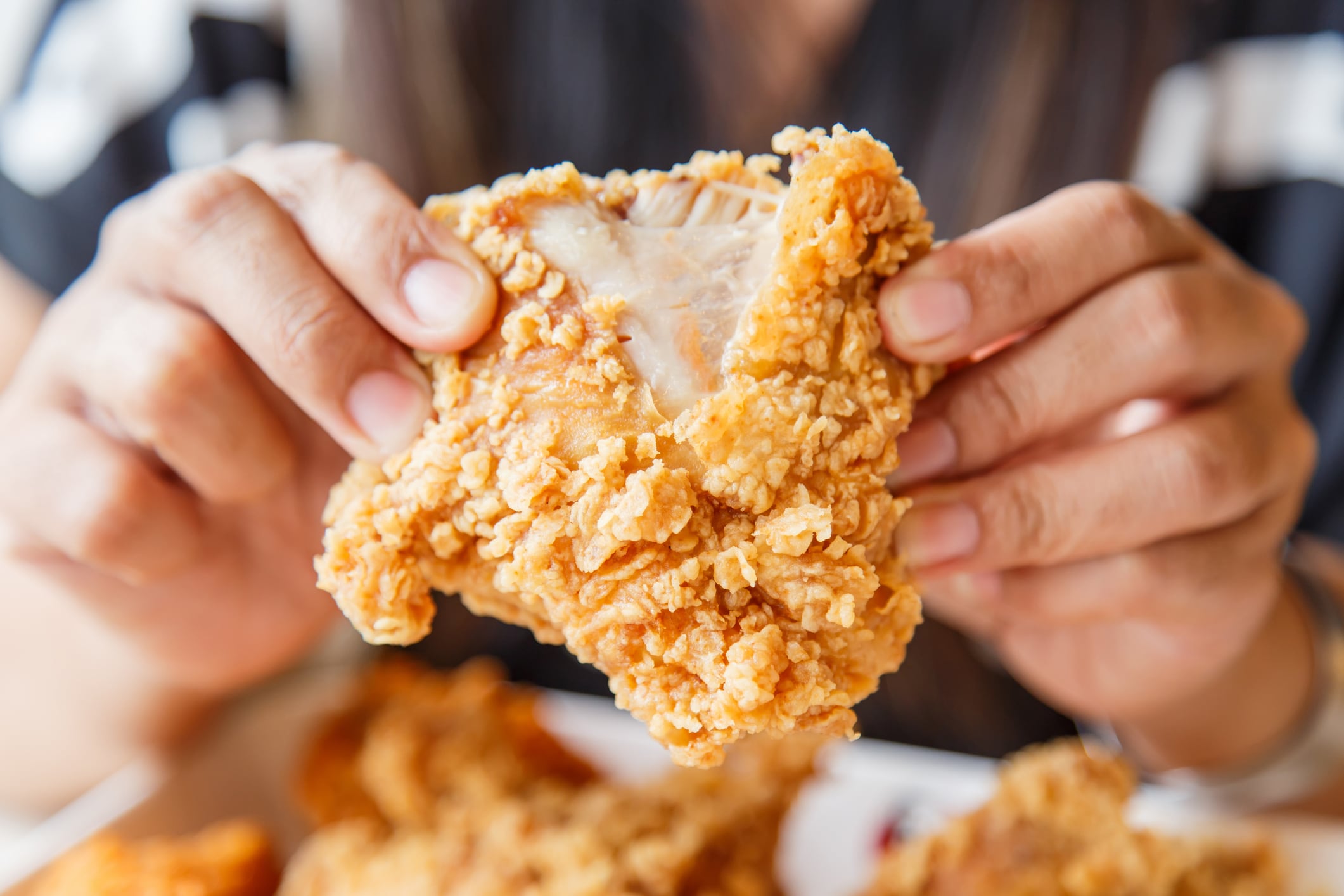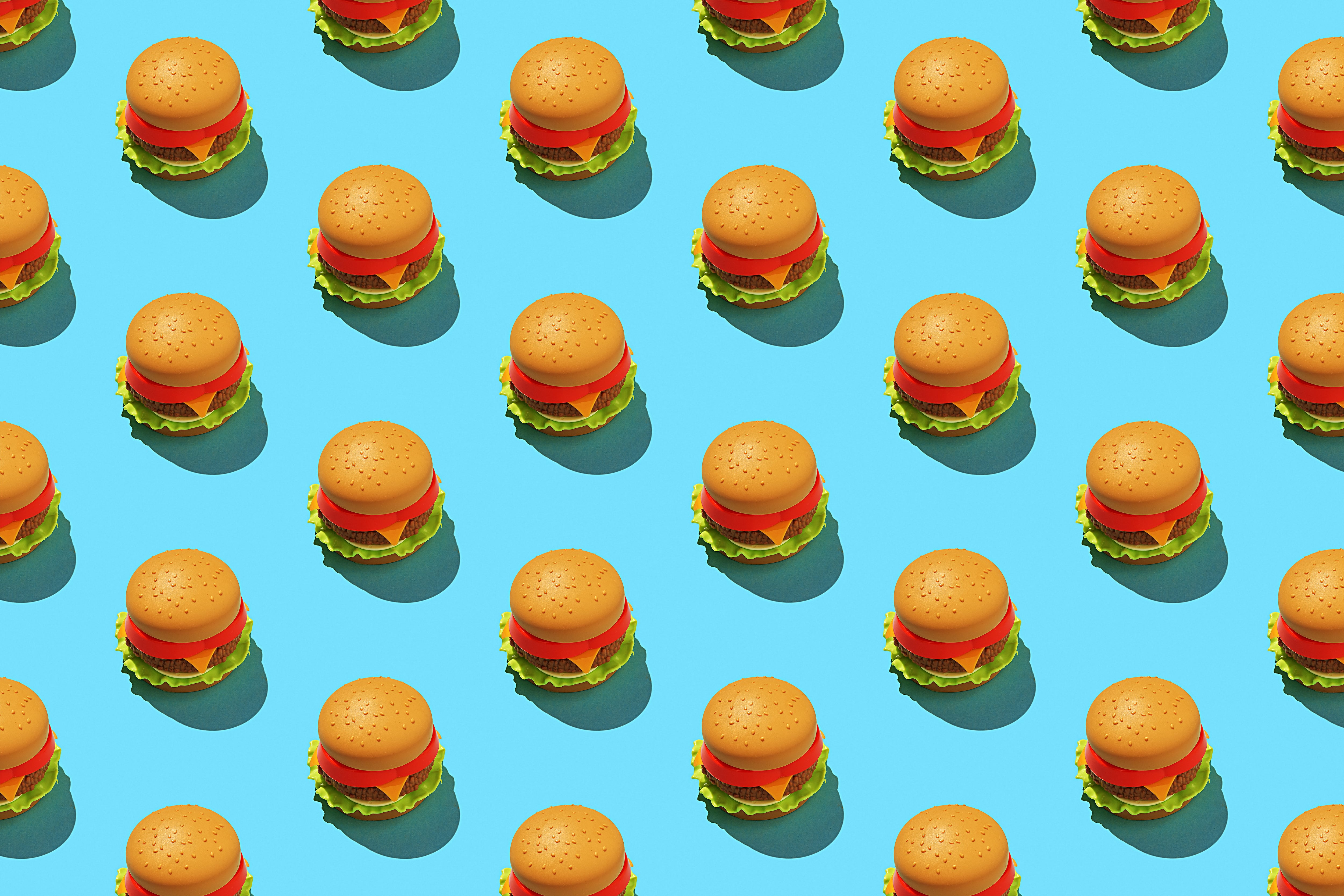French start-up Gourmey made headlines last year when it became the first player in the cultivated meat space to apply for regulatory approval in the EU.
Now, consultancy Arthur D. Little has suggested that the company’s 5,000-litre bioreactor system may be able to produce cultivated meat at €7/kg at commercial scale. This, according to the company, is the lowest price for cultivated meat found by a third-party techno-economic model.
According to Arthur D Little, Gourmey can reach a capital expenditure of under €35m per facility, with an output of 1,700 tons, using only six 5,000 litre bioreactors.
How is Gourmey keeping costs down?
One of the key bottlenecks in alternative proteins, and especially in cultivated meat, is cost.
The cell culture media, which provides the necessary nutrients for cultivated meat to grow, is one of the most expensive aspects of production.
In the past, many producers have used animal serum in production stages. But at around $200 (€176) per litre, this is simply not viable.
Many producers currently use serum-free media, but elements of this still remain costly.
Gourmey’s production method, according to Arthur D. Little, has managed to cut down production costs significantly.
The company uses a continuous process, meaning that both time and costs are saved in comparison to batch-based processing. In a continuous process, growth media is replenished and waste and byproducts regularly removed.
While a continuous process means that there is a higher consumption of feed, the reduction in media costs makes up for this.
The process uses undifferentiated cell biomass (the use of immature, ‘undifferentiated’ cells that have yet to become specialised), and suspension-based cell structures (where cells can be grown in suspension without scaffolds).
The cells used by Gourmey come from a fertilised egg at a very early stage, explains Nicholas Morin-Forest, the company’s CEO.
In poultry species such as duck or chicken, these cells would be taken from fertilised eggs before any development has taken place. If taken from a mammalian species, they are taken at the earliest stages of growth.
These early-stage cells are extremely stable and divide very rapidly, he explains. They can self-renew endlessly without any genetic modification process or immortalisation technique, meaning they can be maintained in the culture for a very long time. This is one of the things that makes them cost-competitive.
“By nature, by design, embryonic stem cells have the ability to replicate endlessly if you maintain them in specific conditions of culture,” explains Morin-Forest.
This allows them to to remove certain components of the medium, such as growth factors, which the embryonic cells can then adapt to. This has resulted in, in the end, the medium containing no growth factors or proteins at all.
Another key issue with cost reduction in cultivated meat is the use of biopharma-grade production systems, which are difficult to scale. Gourmey’s process replaces biopharma techniques with food-grade processes and food-grade media.
With the right technology, explains Morin-Forest, the cultivated meat sector hopes to reach, first, price parity and cost parity with premium products, and eventually price and cost parity with mass-market products.
Could this speed up regulatory approval?
Alongside the EU, Gourmey has submitted applications for regulatory approval in Singapore, Switzerland, the US and the UK. Is it possible that third-party reports such as the one by Arthur D. Little could help speed up regulatory approval?
“Not directly,” says Morin-Forest. “But we hope that this will fuel positive conversations around the viability of the technology.”
He hopes that by fuelling the conversation around the business case for cultivated meat in general, and Gourmey in particular, the report will lead to an increase in government interest and public funding in the sector.





